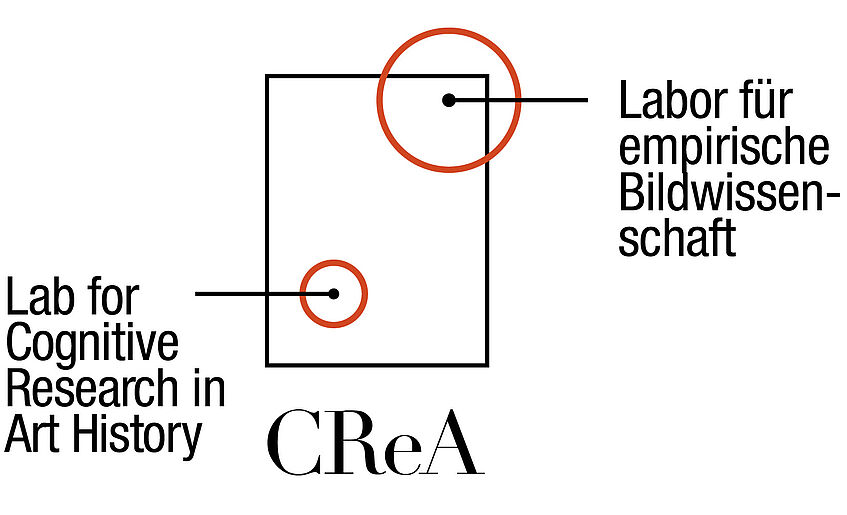Laboratory for Cognitive Research in Art History (CReA)
The aim of the Laboratory for Cognitive Research in Art History (CReA) is to expand art historical knowledge through the use of empirical and experimental methods. The laboratory's projects deal with traditional art historical questions about artworks and their perception as well as transdisciplinary issues of empirical aesthetics, visual culture and museology.
Classical methods of art history are combined with digital humanities and social science approaches – from discourse analysis to database construction, from online questionnaires to open interviews and mapping. Research into eye movements conducted during the beholding of art is an area of special interest. In addition to the use of stationary and mobile eye trackers, we develop specific software solutions for data analysis. In some studies we also use measurements of electrodermal activity, facialEMG and EEG. Through this extended collection of methods, an interdisciplinary team as well as national and international cooperations, the laboratory combines art history with cognitive science, psychology, sociology, philosophy, and computer science.
CReA was founded in 2006 at the University of Heidelberg – probably as the world's first lab of its kind at an art historical department. Since the appointment of Prof. Rosenberg in 2009, it has been located at the Department of Art History at the University of Vienna. CReA projects have been funded by DFG, FWF, ÖAW and WWTF.















